Have you ever come across a Japanese dish that tastes both rich and deeply savory, yet comes from a centuries-old preservation technique? If so, you may have already experienced the magic of Syoyuzuke (醤油漬け)—a traditional method of marinating ingredients in soy sauce that continues to delight Japanese palates. Let’s explore what makes Syoyuzuke stand out, how it came to be, and where you can try an authentic version in Japan today.
What is Syoyuzuke?
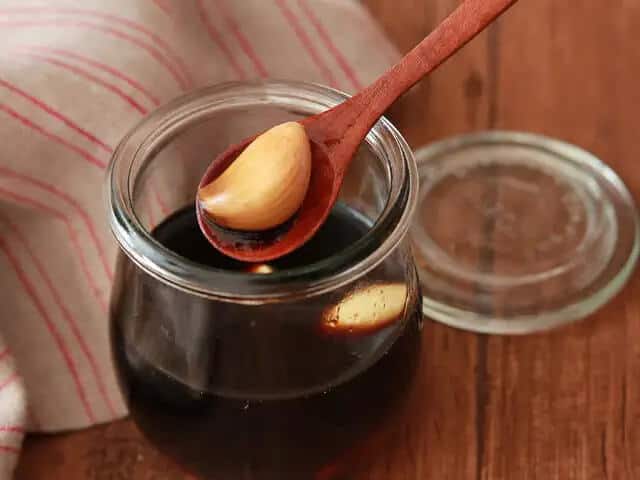
Japanese cooks use the term Syoyuzuke to describe foods marinated or pickled in soy sauce or a soy-based seasoning blend. This style falls under the broader category of tsukemono, which refers to Japanese pickled foods. Unlike vinegary or salty Western-style pickles, Syoyuzuke brings a deep umami flavor while softening the ingredient’s texture and preserving it naturally.
Chefs typically apply this method to vegetables, seafood, and sometimes meat. One of the most well-known examples is maguro no zuke—tuna slices soaked in soy sauce. The process draws out any fishy odors, balances the flavor, and infuses the tuna with a savory depth that makes it melt in your mouth. While it may sound simple, preparing good Syoyuzuke requires skill. The marination time, the soy sauce’s composition, and the ingredients’ freshness all play a crucial role in achieving the ideal flavor and texture.
A Look Back in Time
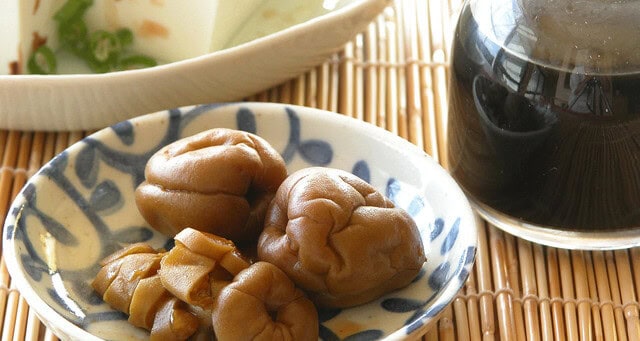
Syoyuzuke has roots that stretch back hundreds of years. The technique gained popularity during the Edo period (1603–1868), a time when soy sauce production flourished across Japan. During this era, sushi chefs began experimenting with preserving tuna in soy sauce. Since refrigeration didn’t exist, this method allowed them to keep fish fresh while enhancing its taste. It quickly became a practical yet delicious solution.
In fact, maguro no shoyuzuke became a beloved sushi topping during this time. However, chefs often discarded the fatty toro parts of the tuna, believing they didn’t pair well with soy sauce. It wasn’t until the Showa era (1926–1989), with the arrival of advanced freezing technology, that fatty tuna gained appreciation in sushi culture. This shift illustrates how Syoyuzuke played a key role in shaping the way Japanese cuisine approached tuna and other delicate ingredients.
Try Syoyuzuke at REONA Sushi Tokyo
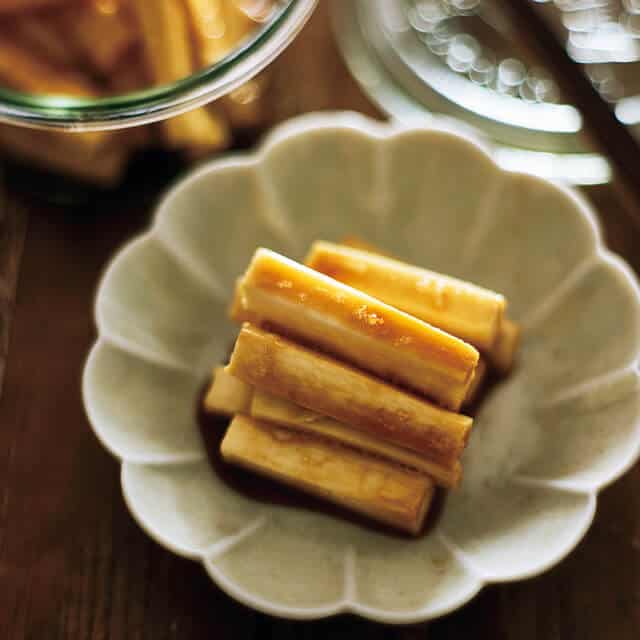
If you want to taste Syoyuzuke at its finest, head to REONA Sushi Tokyo, a high-end restaurant tucked inside Roppongi Hills. Known for its Edo-style sushi, REONA features expertly prepared tuna dishes, including maguro no zuke, as part of its seasonal courses.
Final Thoughts
Syoyuzuke isn’t just a way to marinate food—it reflects the thoughtfulness behind Japanese cuisine. What began as a method to preserve fresh seafood grew into a respected technique that adds complexity, depth, and tradition to the dining experience.
If you enjoy Syoyuzuke, you may want to explore other Japanese pickled foods like nukazuke (fermented rice bran pickles), umeboshi (pickled plums), or even kimchi, a Korean dish widely enjoyed in Japan today. Each brings its unique expression of preservation and flavor, offering a richer appreciation of Japan’s culinary roots.
Shoyu-zuke (醤油漬け) FAQ
FAQ
- What is Shoyu-zuke?
Shoyu-zuke means “soy sauce pickles.” It’s a traditional Japanese way of preserving vegetables, seafood, or even eggs by marinating them in soy sauce.
- What kinds of foods are made into Shoyu-zuke?
Common examples include cucumbers, daikon radish, garlic, and eggs. Some regions also pickle seafood like salmon roe or squid.
- What does Shoyu-zuke taste like?
Savory, salty, and full of umami. The flavor is richer and deeper than vinegar pickles (su-zuke).
- When do people eat Shoyu-zuke?
Usually as a side dish with rice, as a topping for ochazuke (rice with tea), or as a snack with sake.
- Is Shoyu-zuke spicy?
Not usually, but some recipes add chili peppers or ginger for extra flavor.
- Is it vegetarian/vegan friendly?
Vegetable-based Shoyu-zuke is generally vegan, but seafood versions are not. Always check the ingredients.
- Where can I try Shoyu-zuke in Japan?
You’ll find it in local markets, traditional restaurants, souvenir shops, and even supermarkets. Many regions have their own specialty pickles.
- Can I take Shoyu-zuke home as a souvenir?
Yes! It’s often sold in jars or vacuum packs, making it a popular gift. Just note that it should be refrigerated once opened.
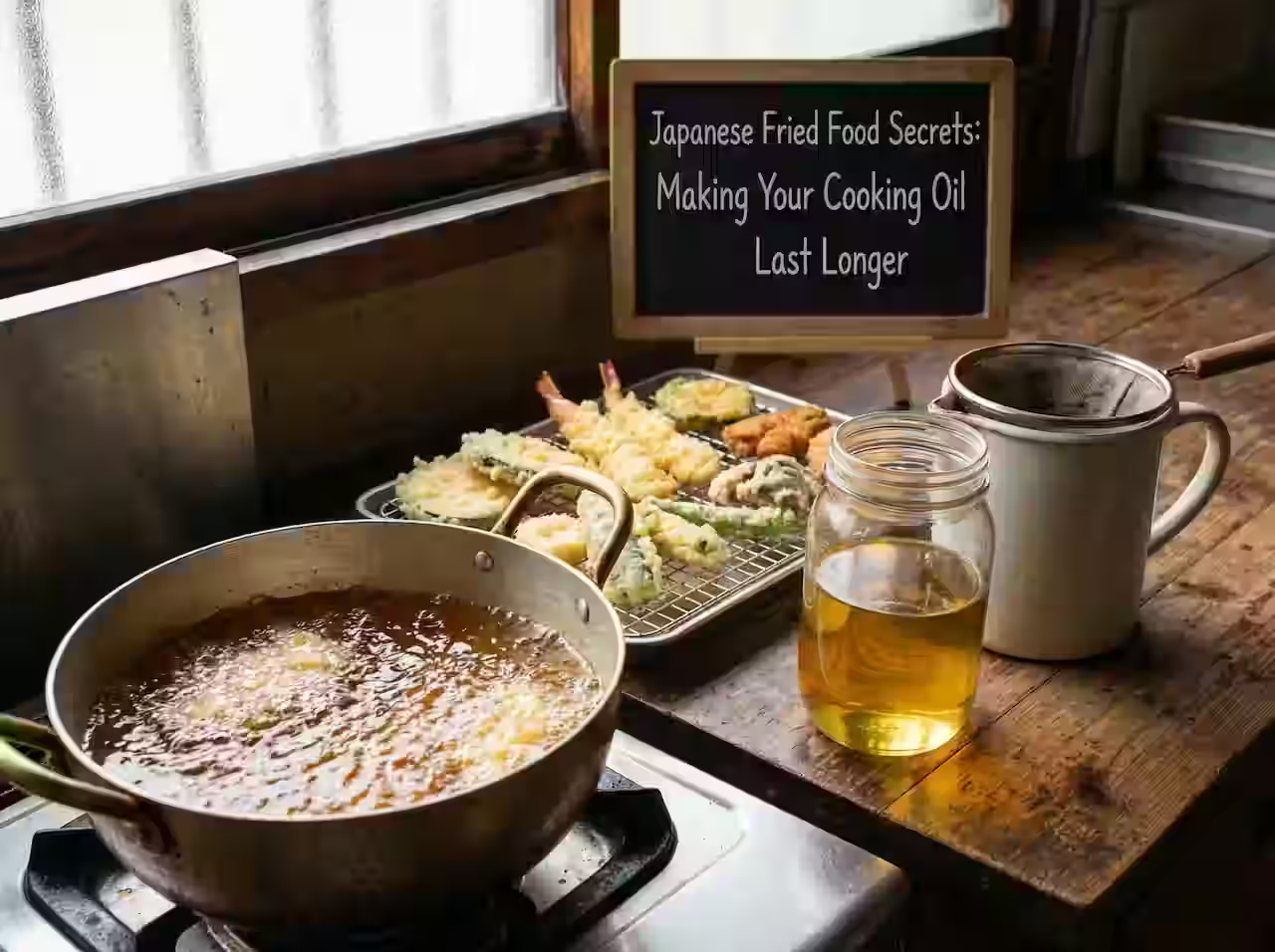
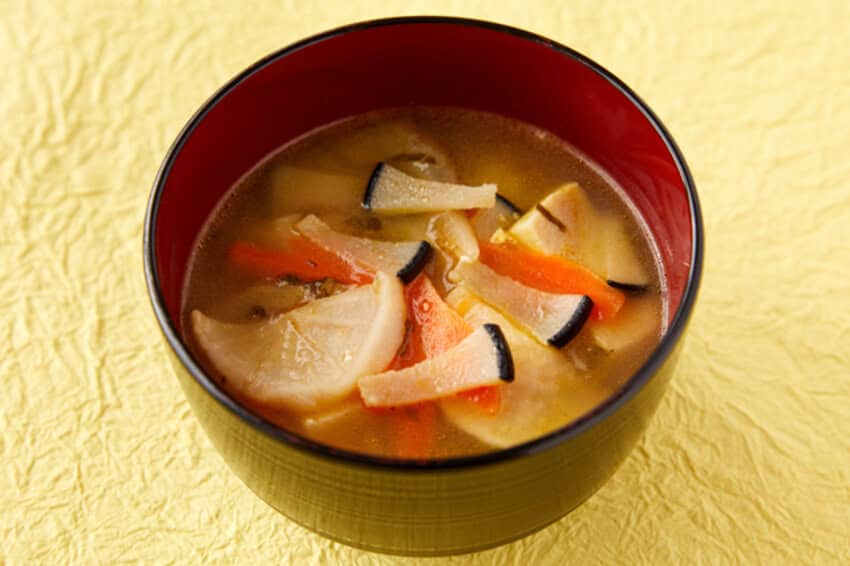
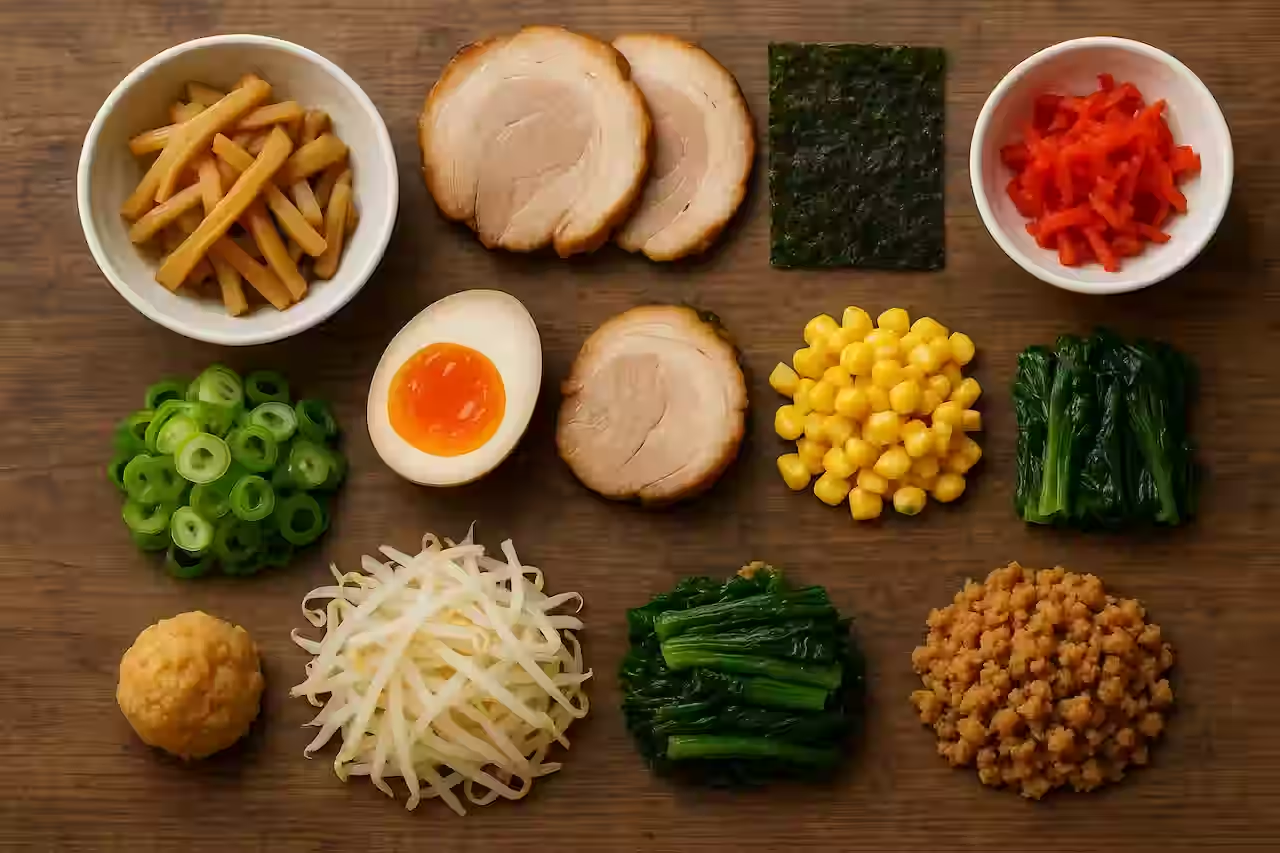
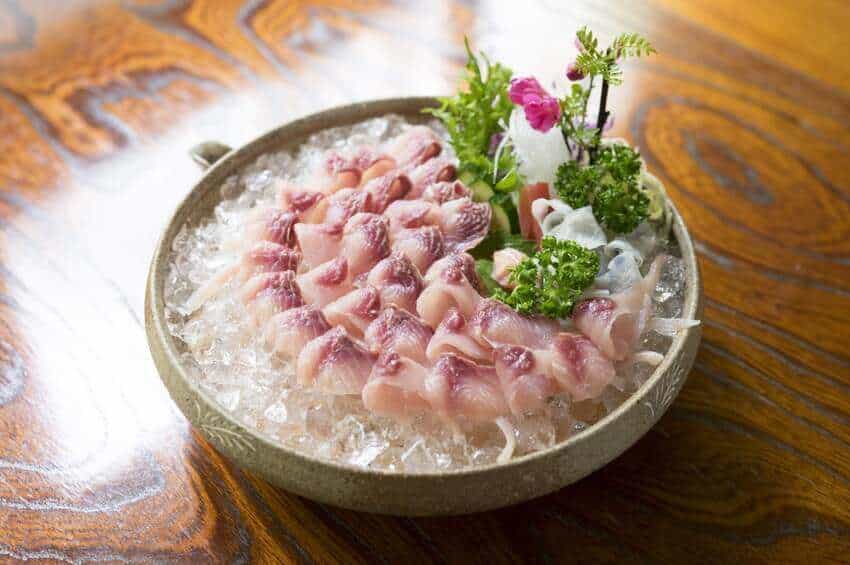
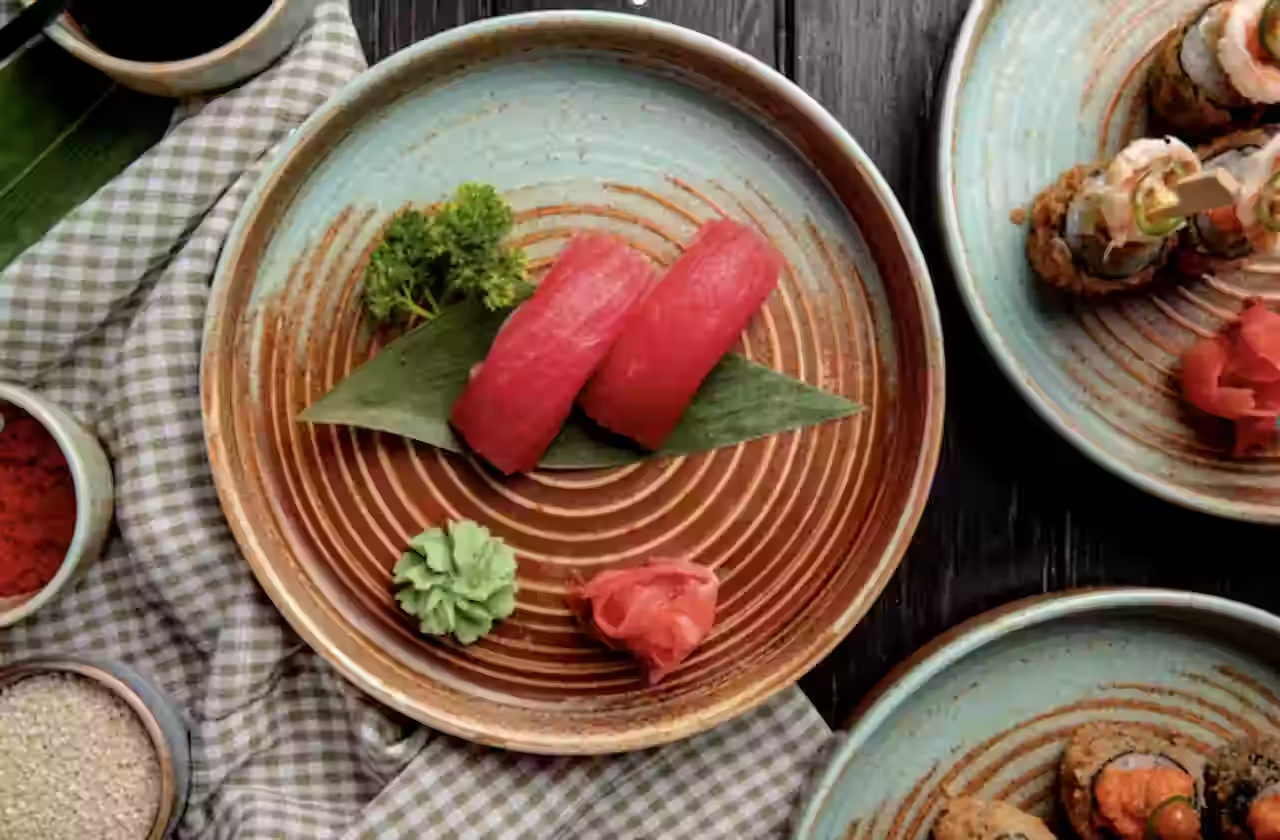

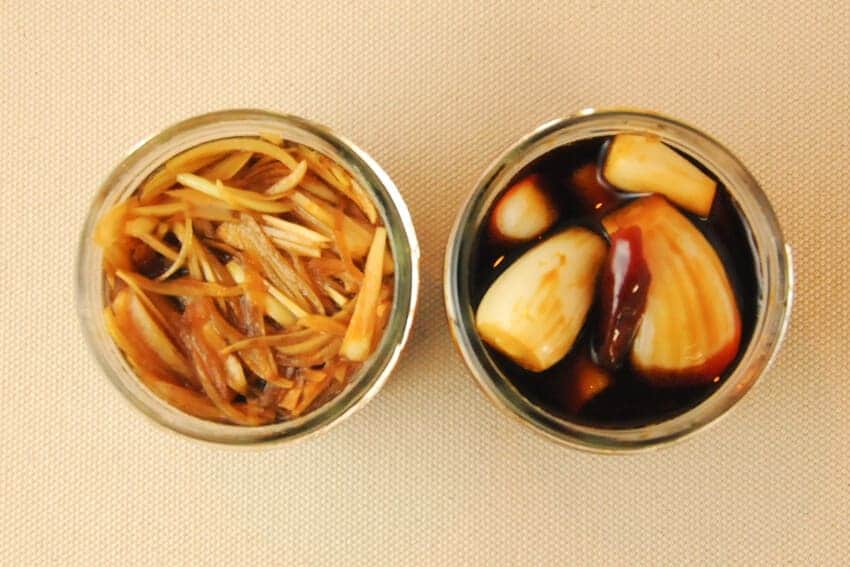
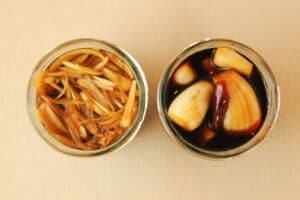
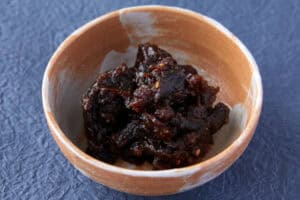
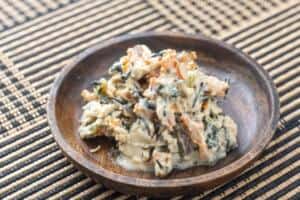
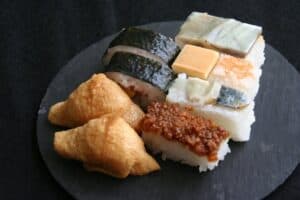
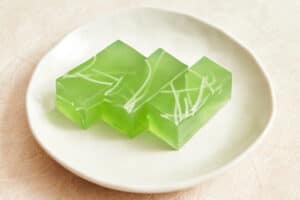
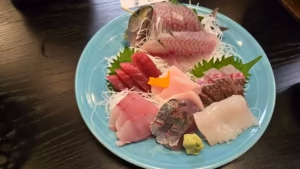

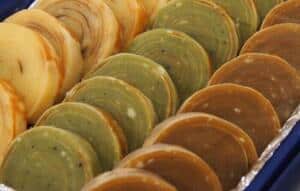
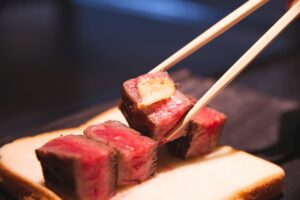
Comments